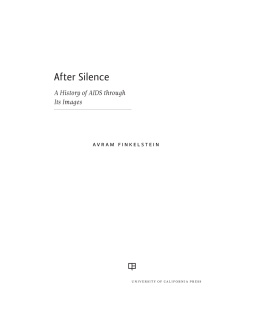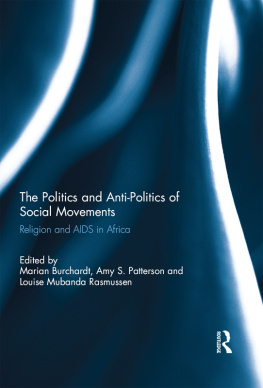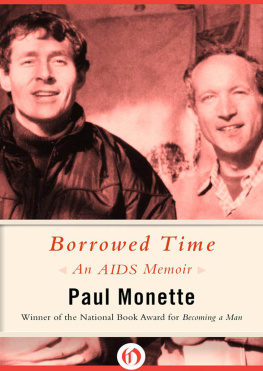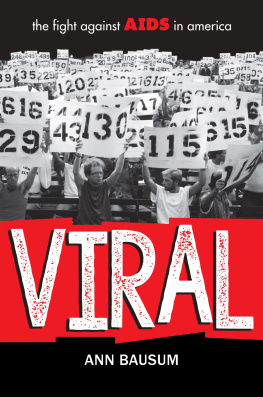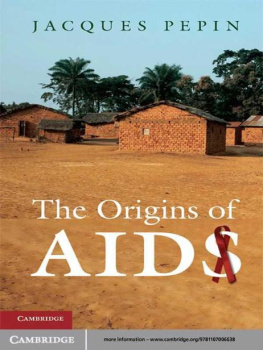Color plates follow chapter 3.
PREFACE
Its commonly understood that the assassination of Archduke Ferdinand in 1914 set in motion the political events of the entire twentieth century. Ive had my ear to the ground since the turn of the twenty-first, listening for a single incident that might trigger consequences for the century ahead. The 2016 American election was undoubtedly that moment. Our having joined the global march of protofascism will no doubt lead to myriad novel expressions of it, beginning with the shift away from the oligarchies of oil to joint American-Russian speculation in hackable information technologies, the spoils of our combined surveillance economies, a transition that has just been openly formalized.
On Inauguration Day, 2017, a day of noncompliance was called, the J-20 Art Strike. According to The Guardian, an art strike was futile. Im surprised to hear myself say this, since Im dubious of the art world and tend to thrown in with pitchforks and torches as a rule, but we cant predict the impact of a political action before we take it, so political agency can never be referred to as futile. Ever.
Besides, assessing political engagement as a success or a failure is to frame it in the language of capitala mistake, I believe, given that capitalism is in the chokehold of totalitarianism. Success, as a measure, imagines political resistance as a result, or a thing to acquire. Resistance is not a thing, or an object, or even an objective. Its a project, and it cant be acquired. It can only be activated, and while it dies the second we cease participation in it, it needs no endpoint to express its efficacy, because its immediately reborn when someone else takes it up.
When I was sixteen, a student came into the common room of the Quaker school in my town, wanting to copy a poster hed just brought back from the May 1968 Strikes in France. He asked me to help him, and thats how I learned to silk-screen. Its also what gave me the idea, eighteen years later and in a period of tremendous personal despair, to suggest making a poster to the Silence = Death collective, a year before the formation of ACT UP, the community of AIDS activists who would soon set to work defining its meaning.
So this book is for the sixteen-year-old in each of us, where the power resides to change our world, and who will hopefully be convinced by these pages that while there is suffering, political resistance is a project every one of us is responsible to take up.
ACKNOWLEDGMENTS
When curator Helen Molesworth first leafed through the journal I kept during the years surrounding the formation of ACT UP, she said, I dont know what, but something needs to be done with this, and her cocurator Claire Grace said, without missing a beat, It needs to be a book. So I want to thank them both for planting the seed.
In the same breath, I owe to my ACT UP comrade Debra Levine, who introduced me to Helen after interviewing me about Gran Furys The Four Questions for her incisive work on that poster and ACT UP affinity groups, thanks for opening my eyes to the performative nature of my own work and for having written How to Do Things with Dead Bodies, a powerful account of the ACT UP political funerals.
I owe endless gratitude to the fireworks display that is Aaron Lecklider, at University of Massachusetts, for suggesting and organizing my first solo show as an artist after having hidden behind collective practices for decades, and for teaching me more about myself in the process than any curator ever has, and to his partner, Brian Halley, Senior Editor at University of Massachusetts Press, who was generous, insightful, thoughtful, and encouraging throughout the earliest iterations of this book, long before it finally found its way.
I need to thank Michelangelo Signorile, whose plain-spoken bravery I studied to help summon the power it took to finally say what I mean and stand by it, and Sarah Schulman, an early reader who also had the Jewish good sense to assemble the ACT UP Oral History Project, providing generations of students of social movements with primary source material that might otherwise have disappeared. Id also like to thank my old partner in crime filmmaker Vincent Gagliostro and his producer Bryce Renninger, for allowing me to adapt the title of their documentary on my Flash Collective work for this book; Larry Kramer, who with all the directness of a Jewish uncle finally barked at me, Stop talking about the book and do the work ; Charles Kreloff , for lending me his spine every time I needed it most; Hugh Ryan, one of the smartest people I know, for his generosity as a reader, his razor-sharp insights into all things queer, and his bottomless encouragement; Dan Fishback, for his patience, his wildly original emotional intelligence, human neighborliness, uncompromising grasp of how stories are told, unswerving belief in the meaning of my work, for lending me his brain in so many ways it would be pointless to list, and for framing the 2016 election as a single leitmotif; Ian Bradley-Perrin, for inviting me to do my very first skill-sharing workshop and opening a world to me in the process; Ted Kerr, the most ethical person I know, for naming it the Flash Collective and then forgetting he did it, for consistently challenging me in ways that are impossible to overlook, and for changing my life with one simple phrase, You need to meet Amy Scholder; Amy Scholder, who helped me find the perfect home for this project and then guided me through it with the rarest form of intellect, the kind I have unceasing admiration for, intellect that is soulful, inventive, searing, and entirely centered in humanity; and Niels Hooper, Executive Editor at the University of California Press, for his immediate grasp of what I am trying to accomplish in these pages.
But there never would have been a bookbecause I never would have survived the things I witnessedwithout my lesbian sister, Maxine Wolfe, who taught me everything I know about queer family and patiently held me together with spit and glue during the worst of times, and endured decades of my neurotic ruminations with heart, integrity, humor, loyalty, character, and smarts, all perfectly seasoned with haimish working-class candor; and my gay brother, Chris Lione, who never allowed his own frailties to prevent him from steeling me against the wilds of human mortality, and who has endured the worst of me with unflagging devotion and unreserved generosity of soul, managing it all with a deeply rooted queer irony that has kept me howling for decades.

